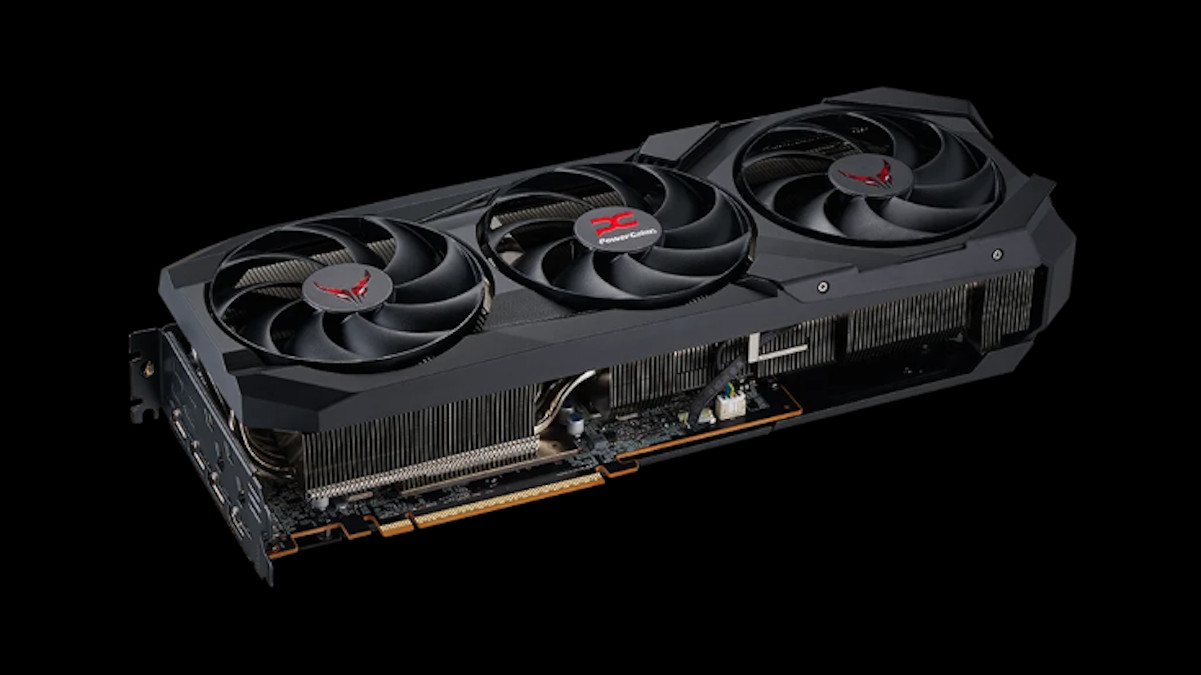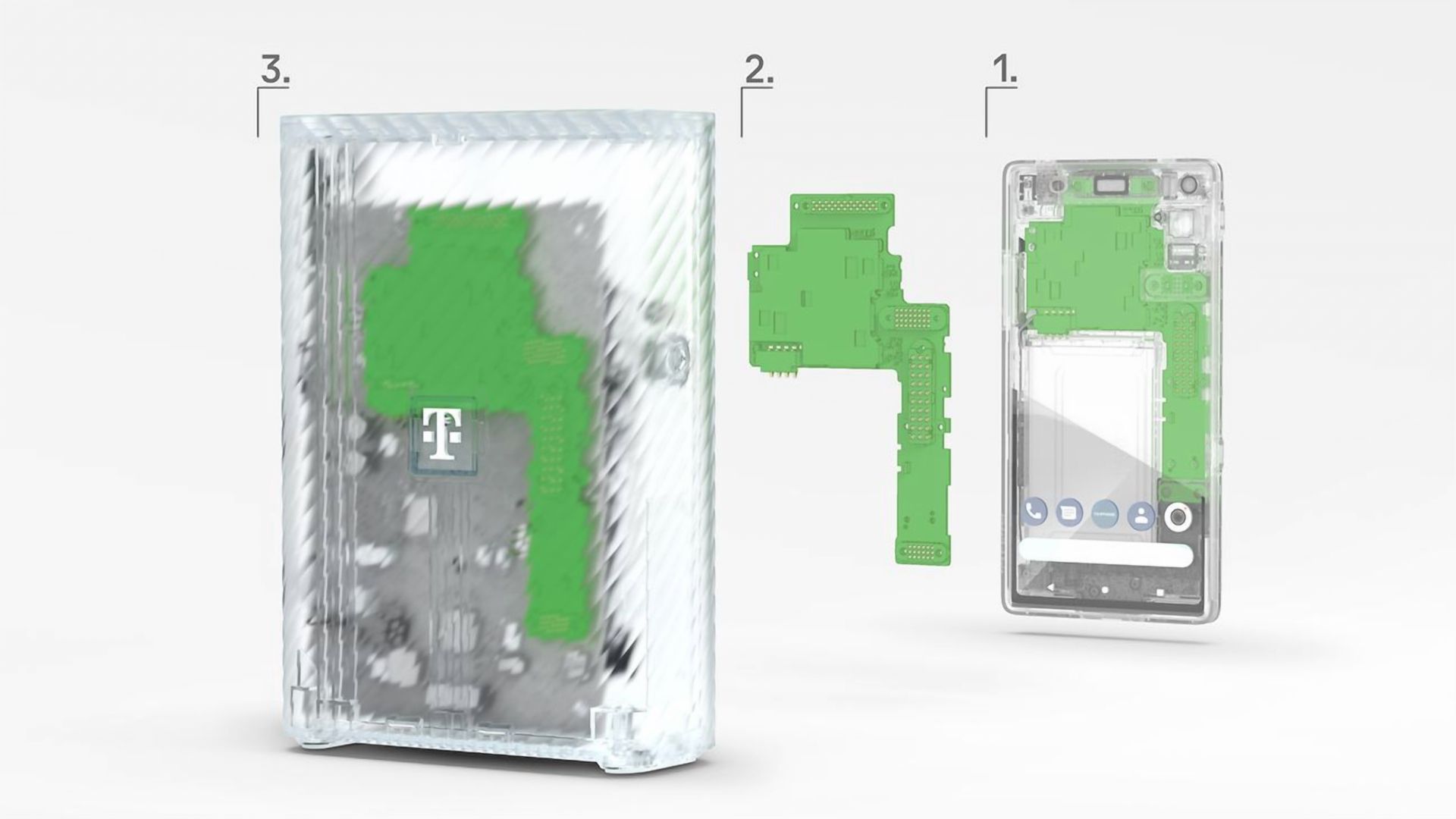www.fastcompany.com
Getting a preschool-age child, let alone dozens of them, to wash their hands can be an exhausting chore. At Family Connections preschool in the Portola neighborhood of San Francisco, that used to be a constant challenge and frustration for educators. Without an outdoor sink, students outdoor activities were interrupted anytime a hand got dirty, as the whole group had to take a trip back inside, says executive director Yensing Sihapanya, noting how that would eat up precious minutes that could have been spent playing and learning.But in 2021, the Low Income Investment Fund (LIIF), a community development financial institution (CDFI), poured grant money into San Francisco early learning centers to make needed repairs and upgrades. At Family Connections, which received $183,000 total, that meant swapping out old Ikea cabinets for better wood furniture, knocking a hole in the wall for more outdoor access, spending $17,000 for indoor lights that didnt flicker and interrupt circle time, and $23,000 for the outdoor sink, which was finally installed this past January.These may not seem like significant additions, but for a childcare industry starving for funds to improve physical spaces and design, they are a godsend.Any tuition or any government fees that were getting for childcare pays for teachers, supplies, and snacks, says Sihapanya, whose school focuses on providing access to low-income students. We dont budget for repairs in our funding sources and tuition.Childcare challengesThe American childcare industry faces numerous hurdles, including labor shortages, insufficient public funding, strict regulations, and challenging economics. There are a handful of states, like Michigan, instituting new support programs and subsidies to help providers. But overall, U.S. childcare remains exceptionally unaffordable, according to Elliot Haspel, a senior fellow at Capita, a family policy think tank. Costs have risen beyond the consumer price index, and daycares face a high degree of staff turnover owing to low resources and poor pay.Adding to those headwinds, the industry struggles to fund better design and physical spaces. Estimates suggest the shortfall in infrastructure for early childhood education runs into the billions of dollars, but no true national figure exists. The National Childrens Facilities Network has called for a nationwide assessment to determine the extent of the shortfall.The sectors funding dilemma often gets presented as a zero-sum choice between increased access, in the form of more facilities and cheaper tuition, or physical investment, Haspel says. When the nation lacks affordable access, better design and more capital spending for existing locations can be framed as luxuries. One of the main federal methods of childcare funding, a Child Care Development Block Grant, can be applied only to minor repairs and renovations.But childcare advocates, operators, and designers say beautiful facilities can go a long way toward enriching early childhood education. Good, functional design directly impacts and improves play, learning, and the health of participants. Childcare facilities, where children can spend a majority of their waking hours, can function as the third teacher.[Photo: KinderCare]Small elements and design choiceswindows set at childrens height, improved outdoor access, shared kitchen facilities that make childcare rooms more efficient, changing tables with stairs that help caregivers save themselves the stress of lifting older childrencan make big differences in operations and learning.The space that kids learn in is so important and theyre so rough, because they should be able to play in the space, says Sihapanya. But the model of childcare funding we have just doesnt consider repairs or renovations.Thats why LIIF focuses so much on infrastructure and design investments, says Angie Garling, one of the community development financial institutions senior vice presidents. After investing nearly $500 million over the past 25 years in early childhood education, impacting more than 400,000 kids at 6,000-plus facilities, LIIF firmly believes these spaces, where so much crucial brain development takes place, need to be healthy, climate resilient, engaging, and enriching.[Photo: KinderCare]The constraints of building for childrenChildcare facilities are naturally costly to establish and operate, with strict codes around safety, such as how cribs are placed and how much outdoor space is required per child. Outfitting new buildings, or converted homes, for children necessitates substantial capital investment, says Susan Gilmore, founder, president, and CEO of the nonprofit North Bay Childrens Center. Budgets and margins are thin in this sector, and the ability to take on construction debt remains very challenging, especially with many limits on how federal and state dollars can be spent.Just look to the plumbing in these facilities. Theres a surprising amount of complexity in the plumbing design, includingthe need to install sufficient numbers of small sinks and toilets.If you think about designing a high school, the rooms that often cost the most are the ones that need more plumbing, like a chemistry lab, Garling says. Imagine every single one of these rooms is a chemistry lab.Crme de la Crme School [Photo: KinderCare]Even the big, private childcare companies need to reckon with these challenges. KinderCare recently opened a new version of its upscale Crme de la Crme School in the IOn neighborhood of Mount Pleasant, South Carolina, which features a central park atrium space and themed play spaces, including a solar system room. Architect Kathleen Justice, who designed the new facility and is working on several others, said the challenge often remains more about budget and space constraints than regulation; how much can be spent to build a space thats not wholly utilitarian?Crme de la Crme School [Photo: KinderCare]Unlike elementary education, where theres a national consensus around the imperative to invest, early childcare funding tends to be disparate and fractured, says Kirby Burkholder, president of IFF, another CDFI that works in the childcare space. Its a representation of our nations fractured views around personal responsibility for early childhood care.That insecurity and underfunding means significant capital debt and deferred maintenance issues across the industry. Licensing and evaluation of these facilities can be episodic, says Burkholder, so patchwork fixesin the worst cases, painting over mold, placing a rug over asbestos tileget grandfathered in and accepted.While K-12 schools have been the focus of extensive investment in air filters and better facilities via pandemic-era funding efforts such as the American Rescue Plan Act and the Inflation Reduction Act, the same federal support hasnt trickled down to early childhood education. Thats despite the fact that childcare and daycare have similar maintenance backlogs as well as changing best practices.New facilities tend to favor more nature-based materials and outdoor play spaces, expensive investments for aging buildings. LIIF grant requests often focus on everyday items: repairing fences for the playground, adding outdoor shade structures, upgrading HVAC systems, or repairing or swapping out old sinks, toilets, and stoves.[Photo: Family Connections]Early education also faces new infrastructure challenges from climate change. Outdoor play spaces, in some cases just a playground and blacktop, need to become resilient, with additional shade structures and water stations. Garling says shes continually advocating for early education to get included in these larger climate-focused investments, since its often left out, and no existing dedicated funding stream exists.Even small accidents can lead to big financial strain on providers; a broken window can cost $10,000 to repair, says Sihapanya, depleting capital reserves or becoming the domino that pushes deferred maintenance back years.Investing in facilities ripples out in other ways, she says. Staff, who can benefit from more outdoor time or even an improved teachers lounge, are happier at work, making the upgrade a potent retention and recruitment tool.Chantilly, Virginia [Rendering: Local Studio]The way forwardDirecting more funds to fix our literally broken childcare spaces remains difficult, but advocates see some ways to tweak existing programs. Burkholder says that IFFs funding of the $59 million Caring for MI Future: Facilities Improvement Fund grants has helped 1,100 programs and shown the insatiable demand for long-term facilities planning.Gilmore believes that on a policy level the nation needs more infrastructure investments and should give childcare operators the ability to use contract and operational dollars for debt retirement to make these facilities come to fruition. Others have tried utilizing empty elementary classrooms to operate preschool programs. Piggybacking on an existing schools maintenance budget and creating so-called microsites can save costs, perhaps freeing up money that can go toward creating the kinds of spaces our kids deserve.We love our teachers so much, and we love books, and we love all those things, Sihapanya says. But the space that the kids are in every day is as impactful as the books and the teachers.











